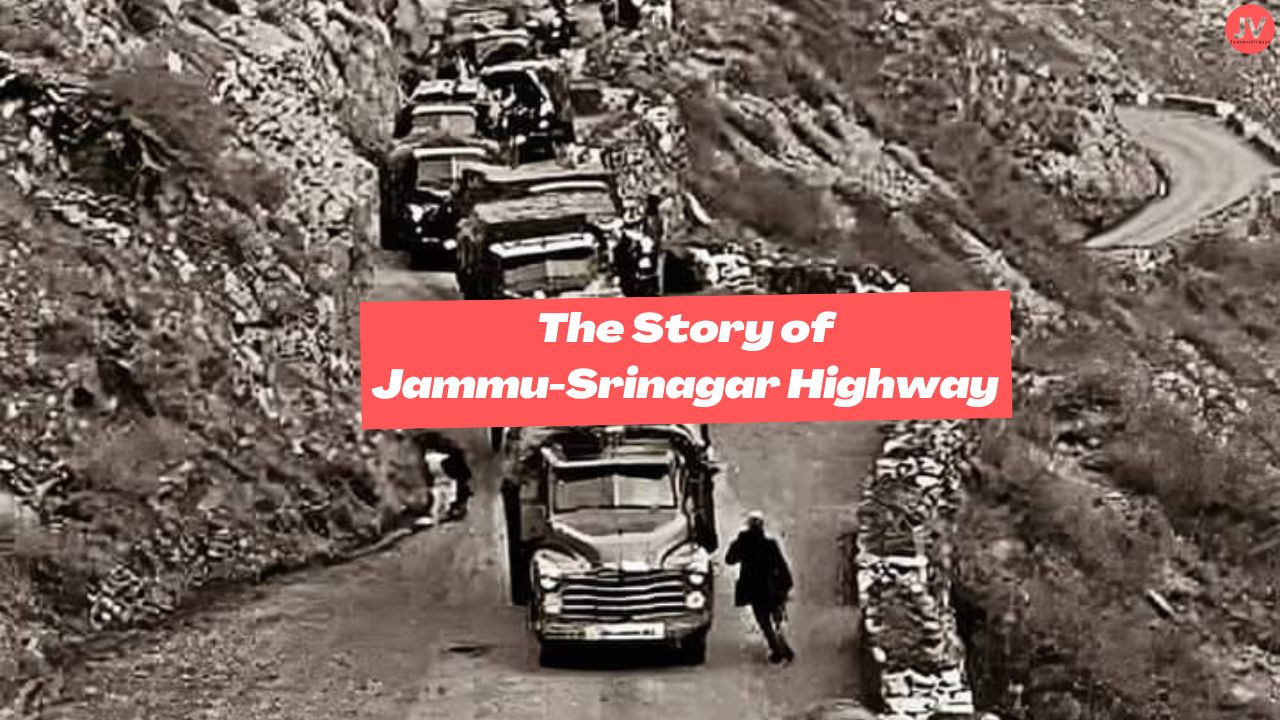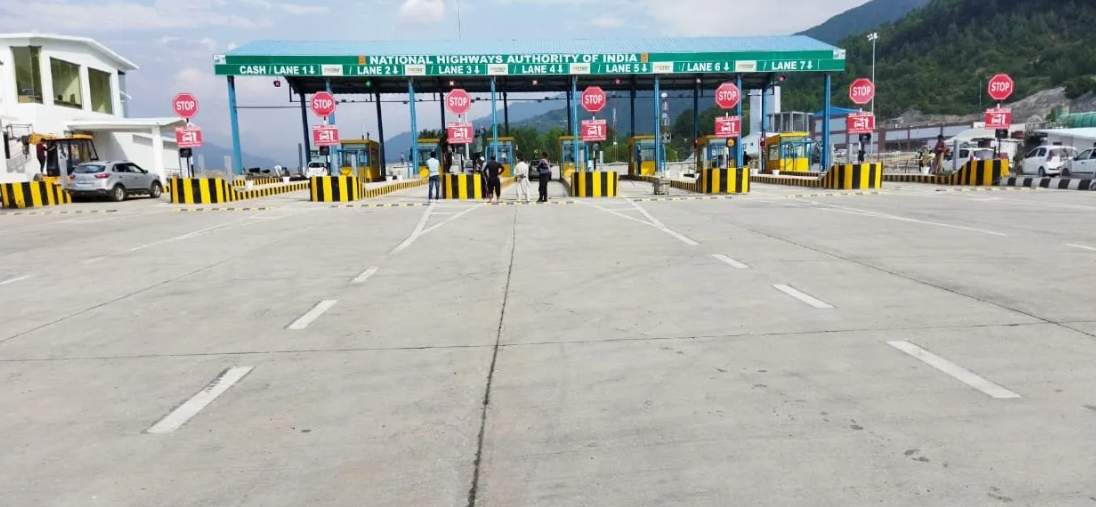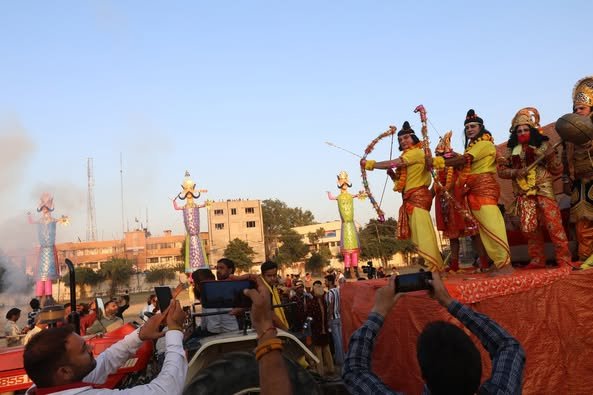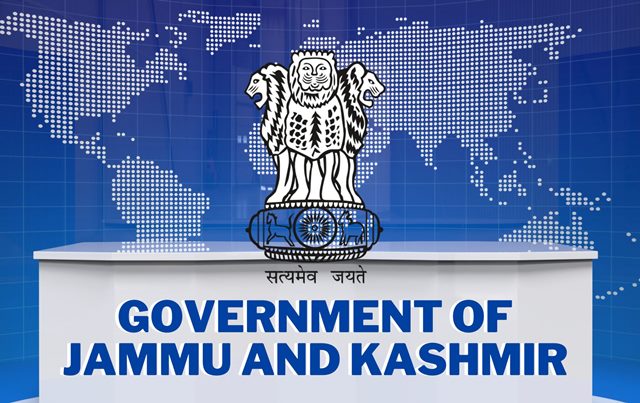The Jammu-Srinagar Highway, a crucial lifeline connecting Jammu to Srinagar, has witnessed significant transformation over the years. This route, which now serves as the primary link between the Jammu region and the Kashmir Valley, boasts an intriguing history dating back to the early 20th century. Today, the Jammu–Srinagar National Highway forms the northernmost segment of NH 44 (previously known as NH 1A before the renumbering of national highways). It stretches from Srinagar in the Kashmir Valley southward to the city of Jammu. The Jammu-Srinagar Highway today spans a total length of 247 km (153 miles), starting from Lal Chowk in the Srinagar district and extending to Jammu in the Jammu district.
This highway is one of the two main road links (the other being the Mughal Road) that connect the Kashmir Valley with the rest of India. Traffic on this route is managed by two control rooms, one located in Srinagar and the other in Jammu. Here, we explore the Historical Journey of the Jammu-Srinagar Highway – origins, development, and modernization of this iconic highway.
History: The Banihal Cart Road (1890s – 1920s)
Before the Jawahar Tunnel was constructed, the Banihal Cart Road served as the main route connecting Jammu and Srinagar. Initially established in the 1890s, this road was exclusively reserved for the royal family and select officials. It wasn’t until 1922 that the road was officially opened to the public, marking a significant milestone in the region’s connectivity. During the Dogra rule, the road was further developed, with a bridge constructed over the Chenab River at Ramban, allowing regular traffic between Jammu and Srinagar. Sukhdev Singh Chadak writes in his book ‘Maharaja Ranbir Singh’ that Maharaja passed order for a cart road from Jammu to Srinagar via Banihal and a suspension bridge over Chenab River at Ramban. This road became national highway and now it is being converted into four lanes. With the development of this road, the halting station Ramban also developed a lot and now it has got the status of District Headquarters.

The Banihal Cart Road was not just an ordinary path; it included the Old Banihal Tunnel, a crucial feature completed in the 1920s. This tunnel was relatively short, spanning only 150 yards, but it was a breakthrough in reducing the arduous journey between Jammu and Srinagar. The presence of this tunnel eased travel to a considerable extent, offering a relatively smoother passage through the challenging terrain of the Pir Panjal mountain range.
Read also: All About Shri Machail Mata Yatra: A Divine Pilgrimage in the Heart of Kishtwar
The Predecessor Route: Jhelum Valley Road
Before the establishment of a direct road connecting Jammu to Srinagar, travelers had to embark on a much longer and more arduous journey. The standard route involved first reaching Rawalpindi (now in Pakistan) from Jammu. From Rawalpindi, travelers would proceed via the Jhelum Valley Road, passing through Kohala and Muzaffarabad before finally arriving in Srinagar.
This route, despite its picturesque landscapes, was far from ideal. It was not only lengthy but also posed several challenges due to its rough terrain and susceptibility to adverse weather conditions. Nonetheless, it remained the only reliable connection between Kashmir and the outside world for many decades. The journey through the Jhelum Valley Road highlighted the pressing need for a more direct and efficient route between Jammu and Srinagar.

Gyan Tatya: Rawalpindi- Srinagar road named as Jhelum valley road. It was opened for traffic in 1890. It was 132 km long.
Construction of the Jawahar Tunnel (1954-1956)
The introduction of the Jawahar Tunnel, also known as the Banihal Tunnel, marked a turning point in the history of the Jammu-Srinagar Highway. The construction of this tunnel began in 1954, under the guidance of the Indian government, as part of its efforts to improve connectivity within the newly formed state of Jammu and Kashmir. This ambitious project was named after Jawaharlal Nehru, the first Prime Minister of India. It was constructed between 1954 and 1956. It has been operational since 22 December 1956. The tunnel was constructed by Alfred Kunz and C. Barsel of Germany between 1954 and 1960. It was designed for 150 vehicles per day in each direction but the number of vehicles increased in fifty years to 7,000 in both directions.
Read also: Patnitop Tourism: Places To Visit in Patnitop
The tunnel was renovated by the Border Roads Organization under the project BEACON in 1997. Until 2009, the tunnel was closed for civilian traffic between midnight and 08:00. It is now open 24 hours a day.
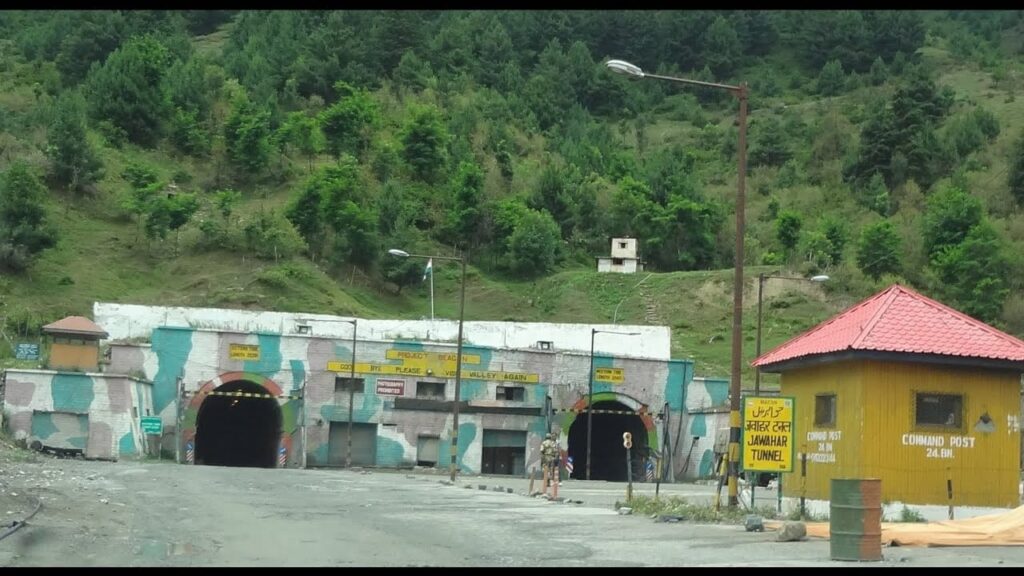
Spanning a length of 2.85 kilometers (approximately 1.77 miles), the Jawahar Tunnel was a remarkable engineering feat for its time. It pierced through the formidable Pir Panjal mountain range, drastically reducing travel time and offering a safer and more reliable passage, especially during the harsh winter months when heavy snowfall often rendered other routes impassable. It has two parallel tubes of one lane road in either direction. It is situated between Banihāl and Qazigund on NH 1A that has been renumbered NH 44. The tunnel facilitates round-the-year road connectivity between Srinagar and Jammu.
Jammu-Srinagar Highway | Impact of the Jawahar Tunnel on Connectivity
The opening of the Jawahar Tunnel revolutionized travel between Jammu and Srinagar. It not only shortened the journey but also made it significantly safer and more convenient. Before the tunnel’s construction, travelers faced the challenges of navigating treacherous mountain roads that were prone to landslides and severe weather disruptions. The tunnel provided a much-needed alternative, ensuring year-round accessibility to the Kashmir Valley, even during the peak winter season when snow blocked other passages.
The Jawahar Tunnel’s construction symbolized a new era of infrastructure development in the region. It played a crucial role in boosting trade, tourism, and cultural exchanges between the Jammu region and the Kashmir Valley. The improved connectivity helped in fostering economic growth, as goods and people could move more freely between these two vital parts of the state.
Jammu-Srinagar Highway | Modernization and Upgrades
Over the decades, the Jammu-Srinagar Highway has seen numerous upgrades and improvements. The expansion of the road network, along with the development of new tunnels like the Chenani-Nashri Tunnel (also known as the Dr. Syama Prasad Mookerjee Tunnel), has further enhanced the connectivity and reduced travel time. The Chenani-Nashri Tunnel, opened in 2017, is currently one of the longest road tunnels in India, stretching over 9 kilometers. It bypasses the often snow-blocked and landslide-prone sections of the original highway, offering a safer and faster route.
Additionally, the recent construction of the Banihal-Qazigund Tunnel in 2021, with a length of 8.5 kilometers, has further alleviated the traffic congestion at the Jawahar Tunnel. This new tunnel provides a double-lane alternative, improving traffic flow and reducing the travel time between Banihal and Qazigund.
Significance of Jammu-Srinagar Highwayin the Present Day
Today, the Jammu-Srinagar Highway is not just a road but a crucial lifeline for the people of Jammu and Kashmir. It plays a vital role in the economic development of the region, facilitating the movement of essential goods, tourists, and local travelers. The highway is a testament to the engineering prowess and the relentless efforts made to improve connectivity in this geographically challenging area.
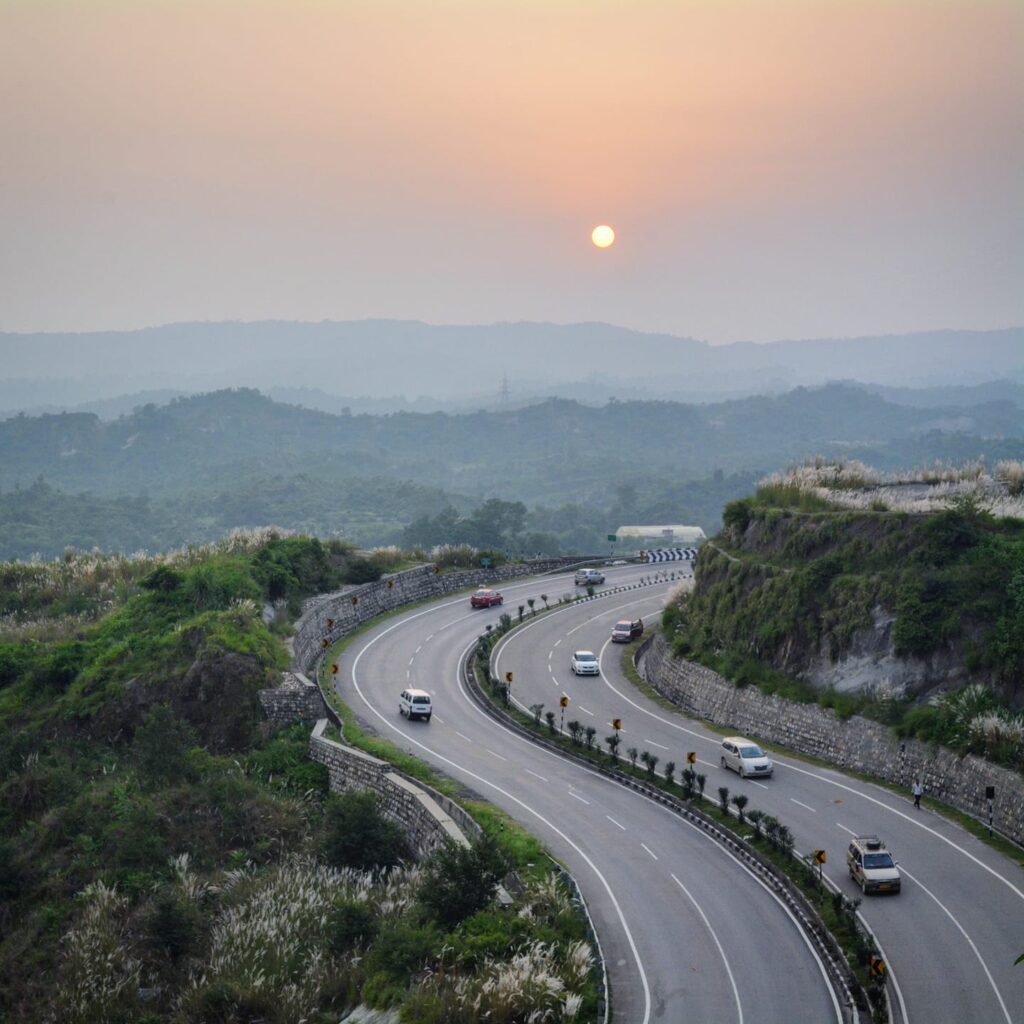
Despite the advancements, the highway still faces challenges, particularly during harsh winter months when heavy snowfall can cause disruptions. Efforts are continuously being made to enhance the safety and reliability of this route, with plans for additional tunnels and road expansions in the pipeline.
Read also: Vaishno Devi Distance Walk – The walk to the temple !
The Jammu-Srinagar Highway has come a long way from its early days as the Banihal Cart Road to the modern, well-developed route we see today. The construction of the Jawahar Tunnel in the 1950s was a transformative step that set the stage for the region’s infrastructural development. The subsequent additions of new tunnels and road improvements have only enhanced its significance, making it an indispensable part of Jammu and Kashmir’s transportation network.
As we look to the future, continued upgrades and innovations promise to make this highway even more efficient and safer for travelers, cementing its role as a vital connector between Jammu and the enchanting valley of Kashmir.

